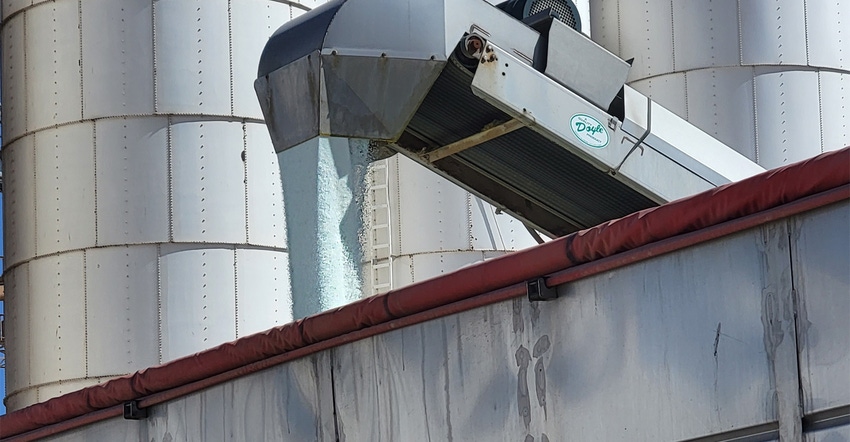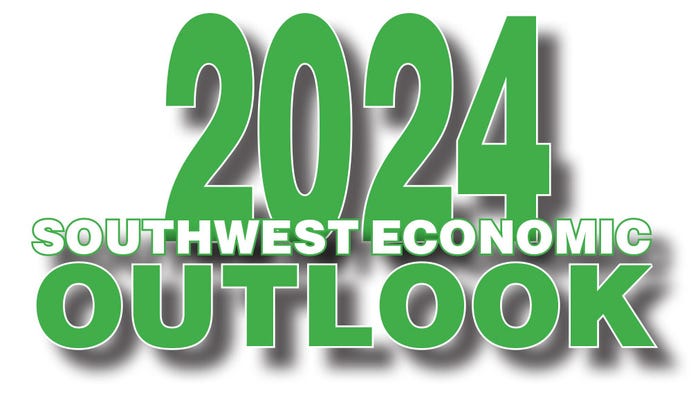
*This is the twelfth article in our 2024 Southwest Economic Outlook series. Hear from Oklahoma State University and OSU Extension Service, and Texas A&M University and TAMU AgriLife Extension Service economists about the 2024 outlook.
Fertilizer prices reached historic levels in 2022 due to high demand fueled by strong commodity prices, Chinese restrictions on fertilizer exports, and the Russia-Ukraine war. Since that time, the price of fertilizer has fallen, and it appears that prices at the end of 2023 will be close to where they were in the spring of 2021. While USDA expects fertilizer costs to continue to fall in 2024, there is plenty of room for uncertainty in this projection.
Key areas of uncertainty for fertilizer supplies include geopolitical conflict, ongoing export restrictions imposed by China, and natural gas prices. The ongoing war between Russia and Ukraine shows no sign of ending and will continue impose uncertainty on fertilizer markets. Adding to this uncertainty is the more recent conflict between Israel and Hamas. Israel is a major exporter of potash and while the war in Gaza does not appear to have impacted fertilizer markets currently, it is possible that this could change. A second area of uncertainty is Chinese trade restrictions. China imposed export restrictions on fertilizers in 2022 to protect its domestic supply and continued them into 2023. It is unclear whether China will continue with its current restrictions, begin to relax them, or impose further restrictions in 2024. Finally, natural gas prices are expected to increase in 2024. In their most recent short-term energy outlook, the U.S. Energy Information Administration (EIA) projects an average Henry Hub price of $3.25/MMBtu, which is about $0.60/MMBtu above the projected average price for 2023.
Prices for other inputs will be a mixed bag for producers. EIA projects gasoline prices to increase slightly and diesel prices to remain essentially unchanged in 2024, based on lower demand for fuel offsetting higher oil prices. Prices for herbicides, pesticides, and fungicides have decreased significantly over the last 12 months, and USDA projects lower chemical costs in 2024 relative to 2023. Seed costs are expected to be higher.
While it appears that production costs will be less in 2024 relative to recent years, based on lower fertilizer and chemical prices, they are still high relative to historical levels. Higher production costs in 2022 and 2023 were moderated in part by higher commodity prices; however, this may not hold true for 2024. Prices for most commodities came down significantly in 2023 and are expected to remain lower in 2024. The challenge this year may be that while input prices decline in absolute terms, they remain the same or climb higher relative to commodity prices when compared to 2022 or 2023. For this reason, it will be just as important this year to employ practices to increase input use efficiency, such as soil testing for nutrients and timing of application. When making purchases, make sure to consider the trade-offs between improving yield or reducing yield risk and incurring extra costs. This may also be a good year to evaluate (or reevaluate) different combinations of inputs to find cost savings to improve profit margins. Finally, with fertilizer and chemical prices coming down it may be tempting to hold off making purchases hoping that prices will be lower in the future. This thinking can easily lead to missing out on affordable prices and paying more than is necessary for important inputs. Producers should avoid falling into this trap by making their input purchases at prices they know are workable rather than waiting for lower prices that never arrive.
About the Author(s)
You May Also Like




